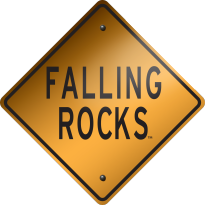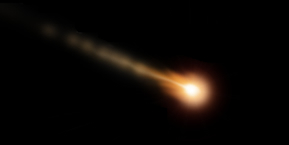
| NOTE: |
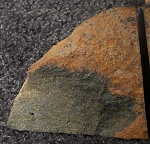 I DONATED A 105.5-GRAM HALF END SECTION OF THIS METEORITE TO THE
SMITHSONIAN INSTITUTION IN JUNE 2009, BUT THE PACKAGE WAS EITHER LOST OR STOLEN.
I DONATED A 105.5-GRAM HALF END SECTION OF THIS METEORITE TO THE
SMITHSONIAN INSTITUTION IN JUNE 2009, BUT THE PACKAGE WAS EITHER LOST OR STOLEN.PLEASE CONTACT ME IF YOU HAVE ANY INFORMATION THAT MIGHT HELP LEAD TO A RECOVERY OF THIS SPECIMEN. THANK YOU! I WILL PAY A NO-QUESTIONS-ASKED REWARD FOR THE RETURN OF THIS SPECIMEN. |
| Meteorite Name: | Statesboro |
| Location: | Georgia |
| Classification: | L5 Chondrite |
| Witnessed Fall: | No |
| Date and Time: | Found approximately June 15, 2000 |
| TKW: | > 2.2 kilograms |
| Remarks: | Mr. Harold Cannon, a farmer in Bulloch County, Georgia, found an approximately 5 ½ pound stone while operating a bean picker on his property in the summer of 2000. A prong struck the stone and threw it violently into the equipment, and the loud sound alerted Mr. Cannon to both the stone's presence and eventually to the broken prong which had to be replaced on his machine. He sat the stone aside near an outdoor freezer unit which was mostly shielded from above yet still exposed to the effects of Georgia's climate. It remained in that location until August 2003 when Mr. Cannon decided to have it analyzed. Shortly thereafter it was classified as Georgia's 23rd meteorite, 4th L chondrite and 1st L5 chondrite. On January 19, 2008, I traded with Mr. Cannon for the 2070 gram main mass and a 130.0 gram end cut, the bean picker prong broken at the moment of discovery and other ancillary documents and photos re: the meteorite's find, classification etc. Remaining in his possession by virtue of our agreement are a ~10 gram crusted fragment and a forthcoming complete slice of the end cut, which collectively represent the only material from this location find that I did not acquire. This does not include material consumed in classification and repository, which is another story. It is believed by Mr. Cannon that approximately 100 grams of material - well in excess of that required for the actual classification itself - may have gone missing during the classification process. This is, however, disputed by the institution which removed the classification sample and is therefore not a certainty. The end cut locks perfectly onto the face of the main mass (it was broken from the stone, not sliced), and, upon closer inspection, my sense is that as much as 200 grams are now missing from the original individual by virtue of the break intended to provide a classification sample. Mr. Cannon was widely criticized in the scientific press for trying to ascertain what his find was worth as a matter of priority. The stone was his property and he had every right to do so, particularly considering his complete and perfectly understandable ignorance when it came to things meteoritic - and the resulting frenzy of attention that followed the discovery. As a strong supporter of science this is painful to say, but at best this was a sloppily-conducted classification sample removal as the specimen was unnecessarily butchered and somewhere around ten times the material needed for the process has ostensibly vanished as a result. A precise and clean cut would have sufficed, but the institution had apparently not been approached to classify a meteorite before and perhaps had some ignorance on their own part which further contributed to an unpleasant experience between the parties. The officially reported total known weight for this meteorite is 2158 grams, and this is incorrect. I have exactly 2200 grams in my possession and left the crusted fragment with Mr. Cannon. Some quantity was consumed for classification as well, of course, but to be conservative I've listed the TKW as > 2200 grams. Information about the Statesboro classification can be found here: |
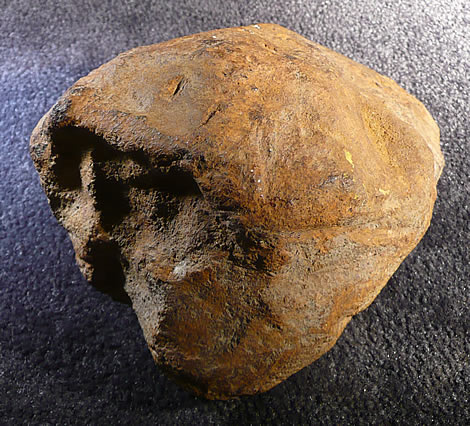 | |
| 2070 gram main mass | |
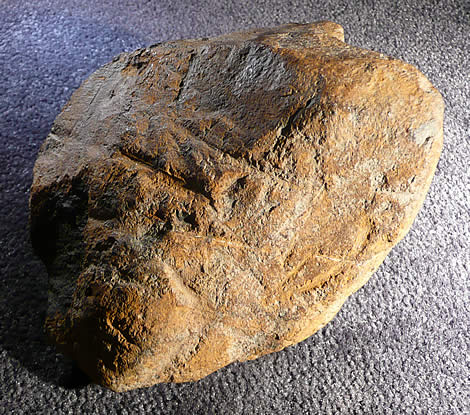 | |
| 2070 gram main mass (view of top side from in situ position featuring bean picker prong marks from various encounters including the discovery moment) | |
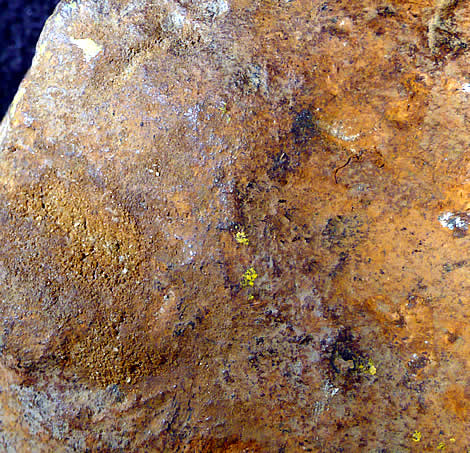 | |
| 2070 gram main mass (detail of yellow paint from encounter with Pull-Pix bean picker) | |
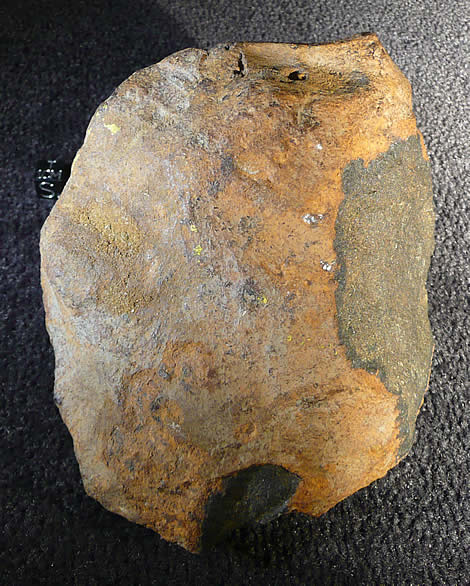 | |
| 2070 gram main mass (angle featured in May 2004 Meteorite Magazine, including two broken surfaces from Mr. Cannon's initial inspection and from classification material removal) | |
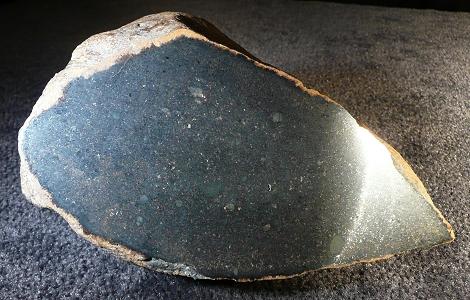 | |
| Main mass interior view | |
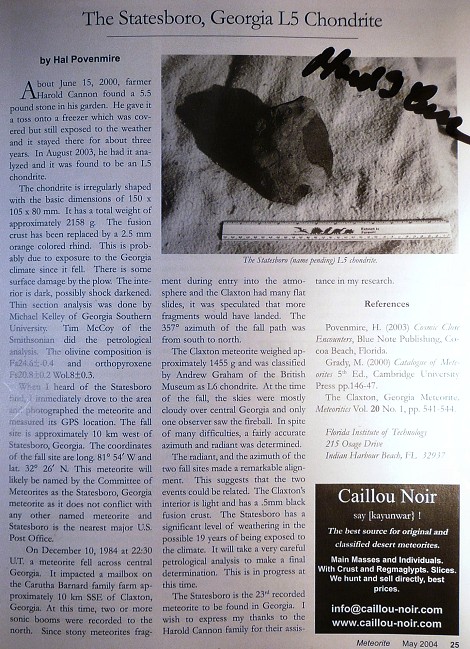 | |
| May 2004 Meteorite Magazine article, signed by Mr. Cannon | |
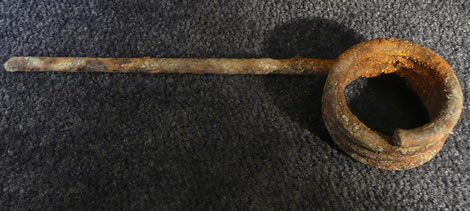 | |
| The broken prong from Mr. Cannon's bean picker | |
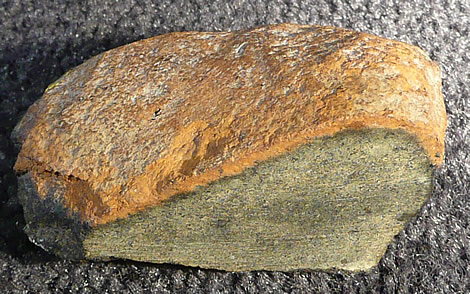 | |
| 130.0 gram end cut | |
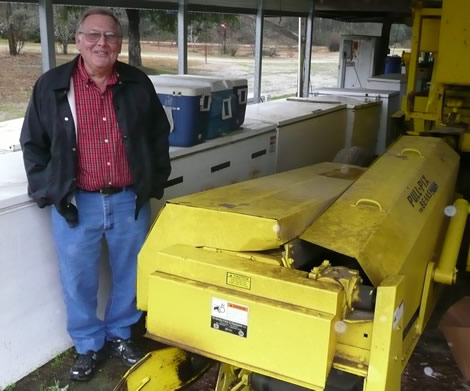 | |
| Mr. Cannon with his "PIXALL PULL-PIX for BEANS" machine | |
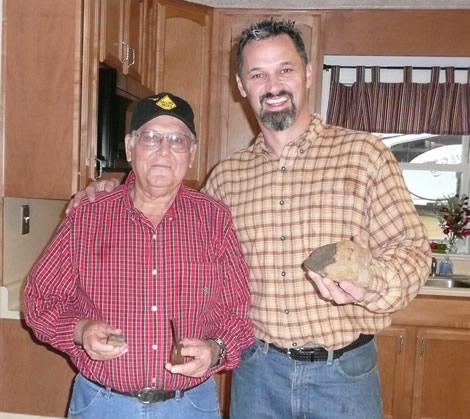 | |
| Mr. Cannon with me, the Statesboro main mass and end cut, and the meteorite-seeking prong | |
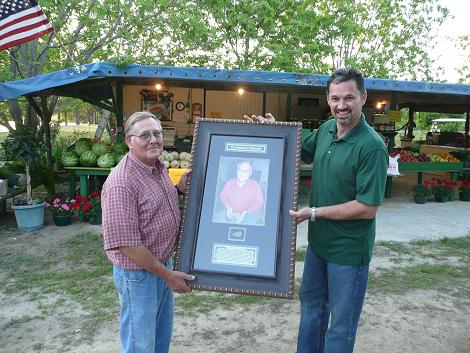 | |
| Presenting Mr. Cannon with a framed slice | |
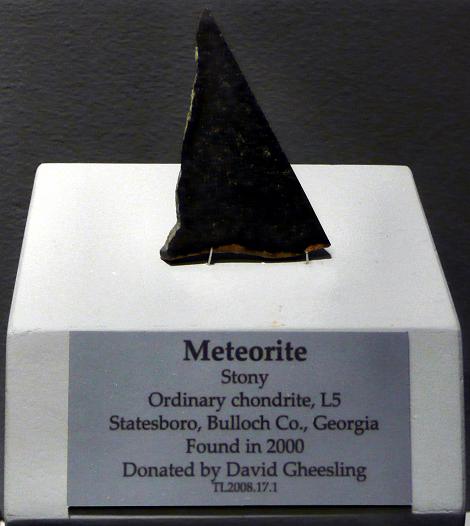 | |
| Specimen on display at Tellus Museum | |
